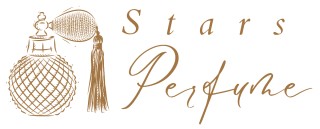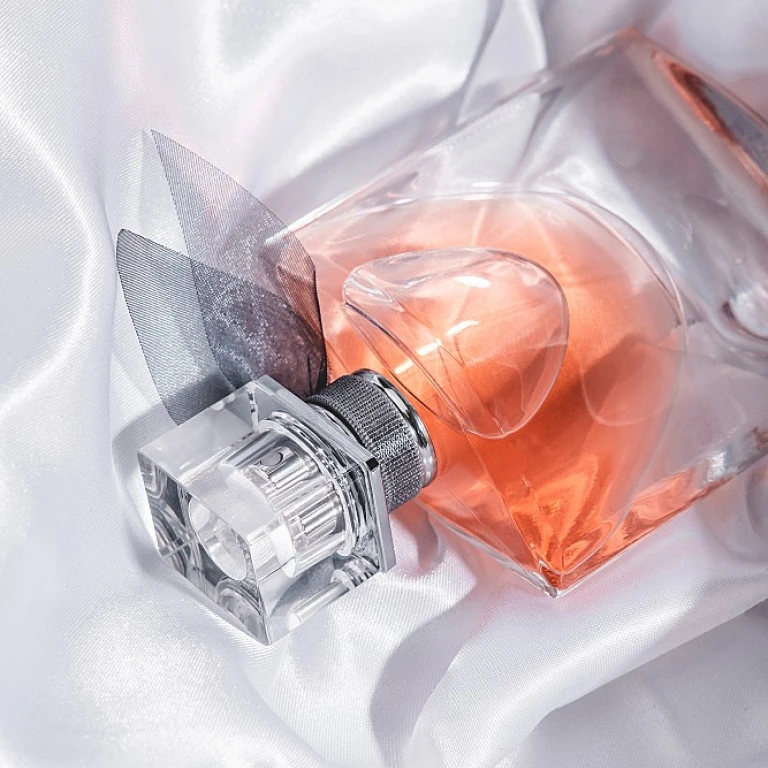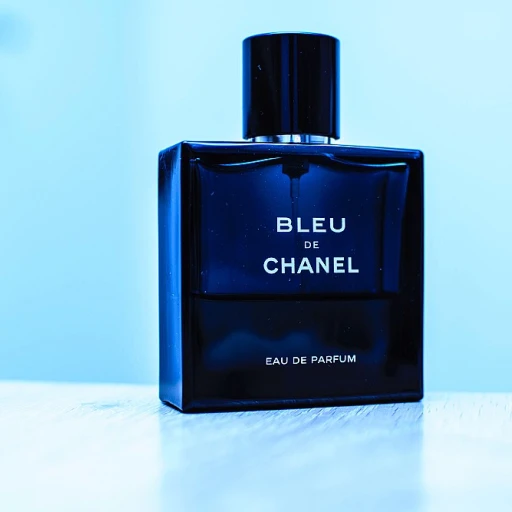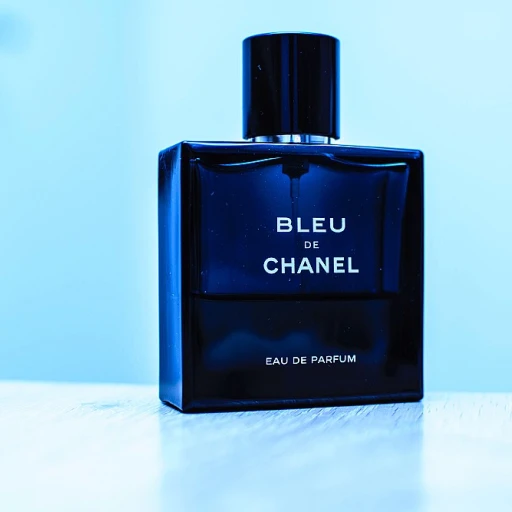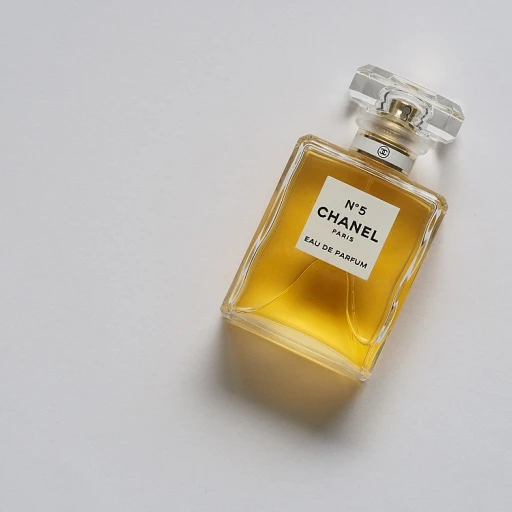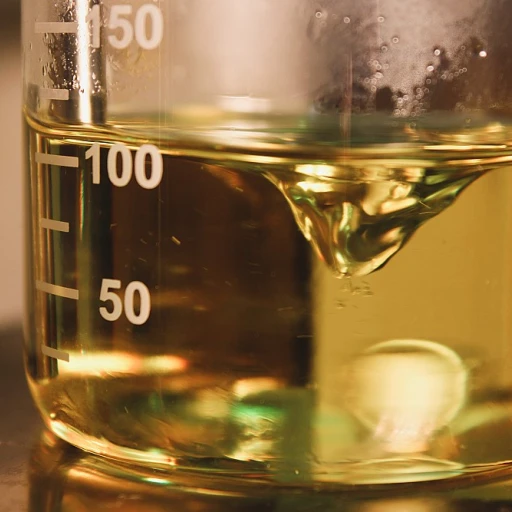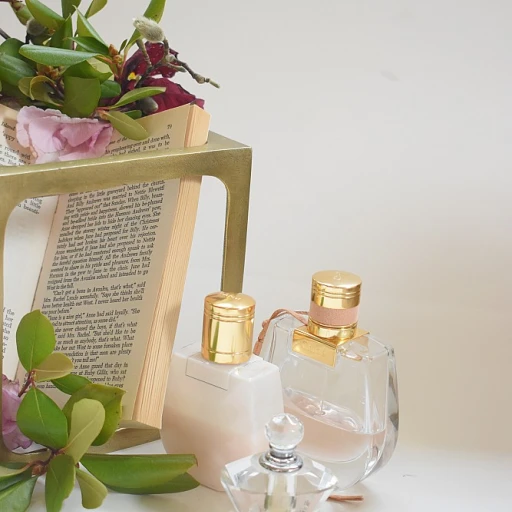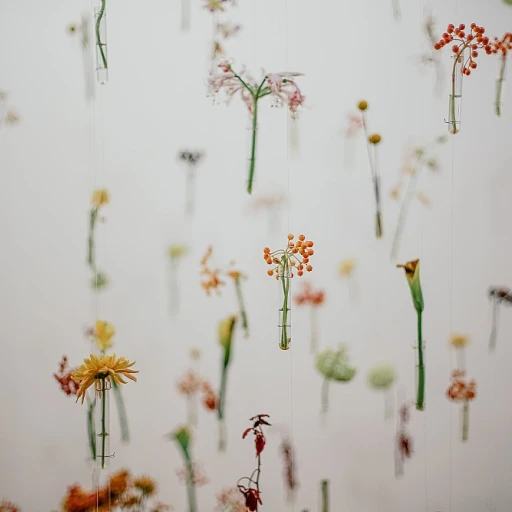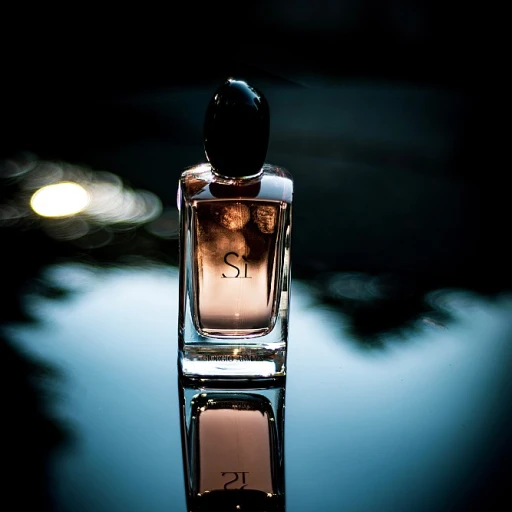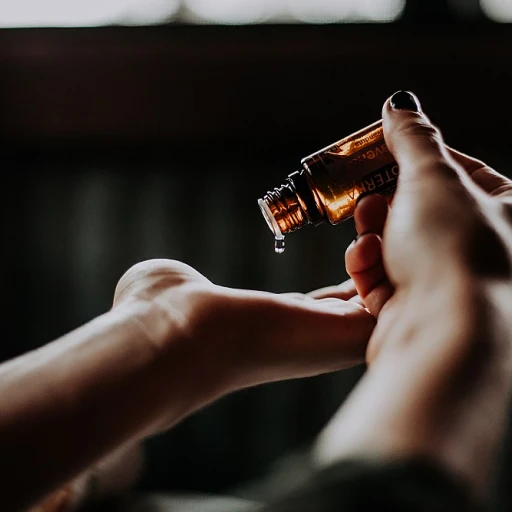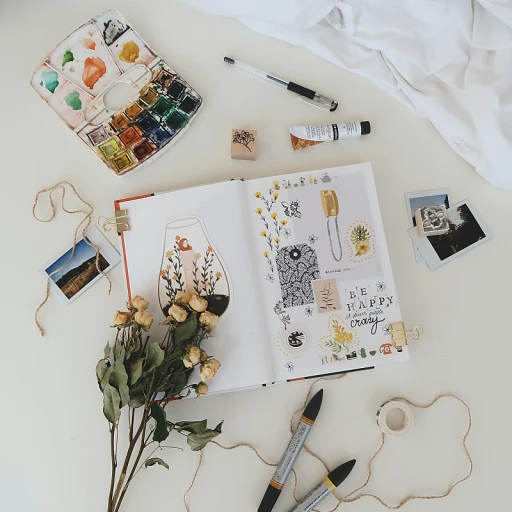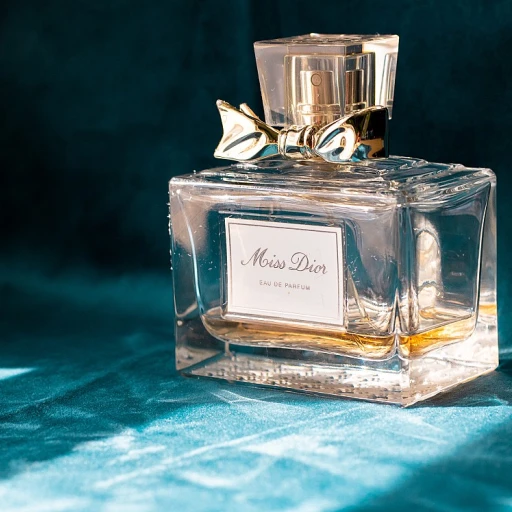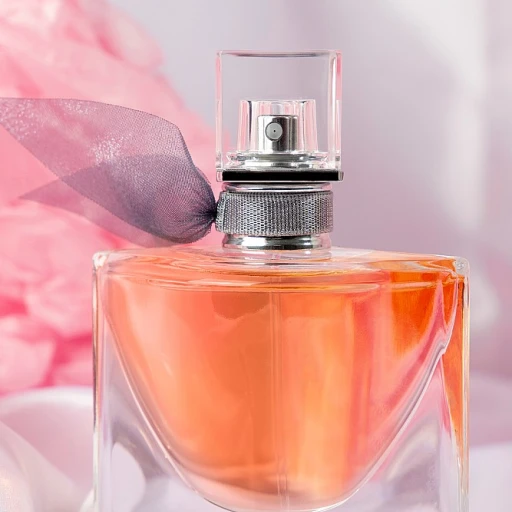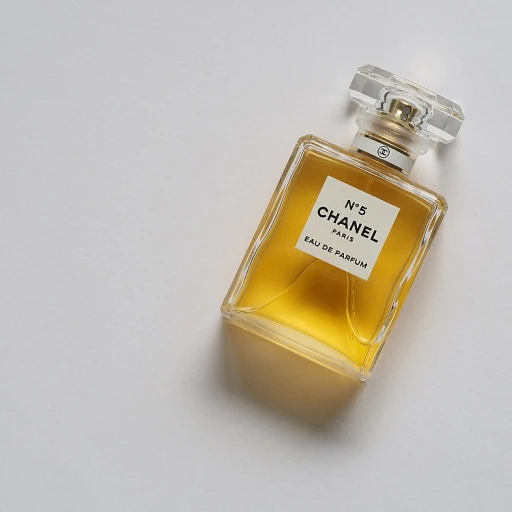
The Historical Significance of Rose and Jasmine in Perfumery
Historical Roots: Treasured Floral Legends
The timeless allure of rose and jasmine in perfumery is steeped in history, cherished for their sublime aromas and cultural significance. These floral notes have been revered for centuries, symbolizing luxury, beauty, and romance across various cultures. The rose, often dubbed the "queen of flowers," has historical connections to royalty and love. Its fragrant blooms were widely used in ancient civilizations, believed to have been cultivated as early as 500 B.C. in Persia, making their way through to Roman and Greek cultures where they were used in celebrations and rituals.
Jasmine, with its intoxicating scent, has played a pivotal role in the perfume industry just as remarkably. Originating from ancient Indian civilizations, this "flower of the gods" soon spread through the trade routes where it was highly valued in Chinese and Middle Eastern cultures. Jasmine's bewitching fragrance was an essential part of sacred and festive ceremonies, enhancing its allure as an exotic and sought-after ingredient in perfume craft.
Today, the rose and jasmine are foundational to numerous iconic fragrances, standing as important pillars in the olfactory world. Their enduring appeal and complex scent profiles make them indispensable in both creating classic fragrances and experimenting with contemporary ones. Understanding these perfumed notes requires not only an appreciation for their floral beauty but also an acknowledgment of their rich past, which continues to influence the art of perfumery today.
For enthusiasts keen to dive deeper into fragrance origins, the legacy of these blooms provides a fascinating exploration into the historical allure of scents, much like the compelling backstories of tonka bean in perfumery.
Olfactory Profiles: Understanding the Scents of Rose and Jasmine
Deciphering Aromatic Elegance: Rose and Jasmine
Among the vast array of scents in the perfumer’s palette, few hold the timeless allure of rose and jasmine. Understanding these aromatic treasures unveils much about their continued adoration among fragrance enthusiasts.
In a world replete with countless floral notes, the appeal of rose and jasmine lies in their multifaceted olfactory profiles. The scent of rose, for instance, can range from the dewy, fresh petals of the morning rose to the deep, almost honey-like warmth found in more opulent varieties. This complexity makes rose a versatile perfume ingredient, offering both top notes that captivate immediately and base notes that linger elegantly on the skin.
Jasmine, with its creamy and narcotic blossoms, is no less intricate. The best jasmine perfumes harness the subtle indolic undertones that bring depth to the fragrance. Key notes from jasmine sambac or jasmine grandiflorum add an intoxicating allure, often accompanied by the soft whisper of musk and an occasional hint of orange blossom.
The olfactory dance between rose and jasmine crafts perfumes that are not only memorable but also distinctive. When combined, the lushness of rose complements the richness of jasmine, resulting in a balanced fragrance that is both long lasting and full-bodied. Some might say it's reminiscent of beloved classics like those by Frederic Malle or Tom Ford, with their sophisticated fusion of floral opulence and modern sensibility.
Ultimately, whether found in a delicate eau parfum spray or a luxurious perfume oil, the magic of rose and jasmine lies in their ability to evoke emotion and capture the imagination, a testament to their enduring place in perfumery as well as in our hearts.
The Art of Blending: Crafting Rose and Jasmine Perfumes
Mastering the Dance of Blending Rose and Jasmine
Crafting perfumes that masterfully showcase the timeless scents of rose and jasmine is a delicate art. Perfumers weave these two historically significant ingredients into elegant fragrances that captivate the senses and tell a story, often enriched by a tapestry of supporting notes. The scent of a rose, rich in floral nuances, offers a diverse palette from which artisans can draw. Its notes are often complemented by the sweet, narcotic aroma of jasmine, particularly the highly valued jasmine sambac. When these fragrant elements come together, they create a harmonious symphony that balances the sensual, musky undertones of rose with the intoxicating, slightly fruity essence of jasmine. Understanding the role of key notes is vital in the blending process. The combination of rose and jasmine often serves as either the top or heart notes in a fragrance composition, providing an immediate burst of floral allure. This pairing is often rounded out with base notes such as musk or oakmoss, which anchor the scent and ensure it is long lasting on the skin. Innovative perfumers incorporate additional layers, like the brightness of orange blossom or the earthiness of a black musk, adding depth and complexity. These combinations not only enhance the perfume's character but also adjust their individual representation according to varying price segments—from eau de toilette sprays to more concentrated eau parfum formulations. For those new to the art of perfumery, practical guides often recommend starting with more straightforward blends before venturing into complex compositions. However, whether you're a seasoned connoisseur or someone who simply loves floral fragrances, there's undeniable magic in the best jasmine and rose perfumes. As consumer demand shifts increasingly towards eco-conscious choices, the appeal of sustainably-sourced essential oils in perfume crafting grows. To stay informed on eco-friendly fragrance solutions, consumers and crafters alike are exploring innovative techniques and ingredients, ensuring the art of perfumery evolves while maintaining its enchanting allure.Popular Rose and Jasmine Perfumes to Try
Exploring Iconic Rose and Jasmine Fragrances
For those who adore the timeless allure of rose and jasmine, a selection of perfumes stands out, each offering a unique interpretation of these classic floral notes. These fragrances capture the essence of rose and jasmine, blending them with other elements to create unforgettable olfactory experiences.
Timeless Classics
- Frederic Malle's Portrait of a Lady: Known for its rich and opulent scent, this perfume combines rose with notes of black currant and musk, creating a long-lasting fragrance that envelops the skin in luxury.
- Tom Ford's Jasmin Rouge: A bold jasmine perfume that blends jasmine sambac with spicy and woody notes, offering a sensual and exotic aroma that is both captivating and sophisticated.
Modern Interpretations
- Chanel No. 5 Eau de Parfum: This iconic fragrance features a harmonious blend of rose and jasmine, complemented by the warmth of musk and the freshness of orange blossom, making it a staple in many perfume collections.
- Jo Malone's Red Roses Cologne: A fresh and vibrant take on rose, this fragrance combines seven different types of roses with a hint of lemon and violet leaf, creating a light and airy scent perfect for everyday wear.
Affordable Options
- Zara's Rose Eau de Parfum: Offering a budget-friendly price, this fragrance captures the essence of rose with a touch of musk, providing a delightful floral experience without breaking the bank.
- The Body Shop's Indian Night Jasmine: A popular choice for those seeking a jasmine perfume at a regular price, this fragrance combines jasmine with warm and spicy notes, creating a comforting and inviting scent.
These perfumes not only highlight the beauty of rose and jasmine but also demonstrate the art of blending these floral notes with other ingredients to create unique and memorable fragrances. Whether you prefer the classic elegance of a rose scent or the exotic allure of jasmine, there's a perfume out there waiting to be discovered.
The Challenges of Sourcing Rose and Jasmine
The Hurdles In Acquiring Genuine Floral Extracts
The creation of rose and jasmine perfumes is an intricate art, not just because of their enchanting scents but also due to the challenges faced in sourcing their natural extracts. Here, we delve into the complexities accompanying the procurement of these cherished floral ingredients. To begin with, the cultivation of roses and jasmine for perfumery hints at a meticulous process. Rose, particularly the coveted "rose de mai" and "damask roses," offers the base notes that perfumers adore. These blooms require specific climatic conditions often found in regions like Bulgaria and Turkey. Meanwhile, jasmine, especially jasmine sambac, thrives in India and Egypt where its fragrance is harnessed at dawn, ensuring it retains its potent scent. However, environmental challenges such as unpredictable climatic shifts can significantly impact yields, inevitably affecting the supply chain. Additionally, the process of extracting essential oils is economically demanding. Achieving a single kilogram of rose oil involves thousands of petals, which contributes to the premium regular price points of rose and jasmine perfumes. Despite the alluring floral scents that these notes create, the rising costs of production and ethical sourcing considerations pose continuous challenges. As such, perfume houses are increasingly turning to synthetic alternatives to replicate the exquisite white floral aromas of jasmine perfume and the quintessential scent of rose. These factors influence not just the final sale price but also the fragrance’s complexity and longevity. For example, when combined with musk or oakmoss, these floral notes jasmine can offer a more long lasting allure. Fragrance enthusiasts often add cart with consideration for both the perfume’s origin and sustainability. Even premium brands, including leaders in the fragrance industry like Frederic Malle and Tom Ford, experience these hurdles. Despite attacking these sourcing challenges strategically, maintaining authenticity while offering the best jasmine and rose fragrances at prices palatable to consumers is an ongoing puzzle. In understanding these sourcing dynamics, fragrance aficionados can appreciate the intricate dance between nature, artistry, and economics that births each enchanting eau parfum and eau spray. Hence, crafting rose jasmine perfumes represents an intersection of historical tradition and contemporary innovation.Future Trends: Innovations in Rose and Jasmine Perfumes
Innovative Approaches in Rose and Jasmine Perfumery
As the fragrance industry evolves, the allure of rose and jasmine continues to captivate both perfumers and consumers. These floral notes, cherished for their timeless elegance, are now being reimagined through innovative techniques and sustainable practices.
Embracing Sustainability
With increasing awareness of environmental impact, the sourcing of rose and jasmine is undergoing a transformation. Brands are investing in sustainable farming practices to ensure the long-term availability of these precious ingredients. This not only helps in maintaining the quality of the essential oil but also supports the communities involved in cultivation. The focus on sustainability is becoming a key selling point, appealing to eco-conscious consumers who love long-lasting fragrances that are ethically produced.
Technological Advancements
Technology is playing a crucial role in the development of new fragrance profiles. Advanced extraction methods are being employed to capture the most delicate nuances of rose and jasmine. Techniques such as molecular distillation allow perfumers to isolate specific scent molecules, creating unique accords that were previously unattainable. This innovation is paving the way for more complex and intriguing perfumes, where the traditional floral notes are complemented by unexpected elements like musk oakmoss or orange blossom.
Exploring New Blends
Perfumers are experimenting with unconventional blends, combining rose jasmine with unexpected notes to create modern interpretations. The fusion of jasmine sambac with spicy or woody accords, for instance, offers a fresh take on the classic floral scent. Brands like Tom Ford and Frederic Malle are at the forefront of this trend, crafting perfumes that challenge traditional olfactory boundaries while maintaining the essence of rose and jasmine.
Market Trends and Consumer Preferences
The demand for personalized fragrances is on the rise, with consumers seeking scents that resonate with their individual identities. This has led to an increase in bespoke perfume services, where rose and jasmine are often key notes in custom blends. Additionally, the popularity of eau parfum and body sprays featuring these floral notes is growing, driven by their versatility and appeal across different demographics.
As the fragrance landscape continues to shift, the enduring charm of rose and jasmine remains a constant. By embracing innovation and sustainability, the industry is ensuring that these beloved floral notes will continue to enchant for generations to come.
